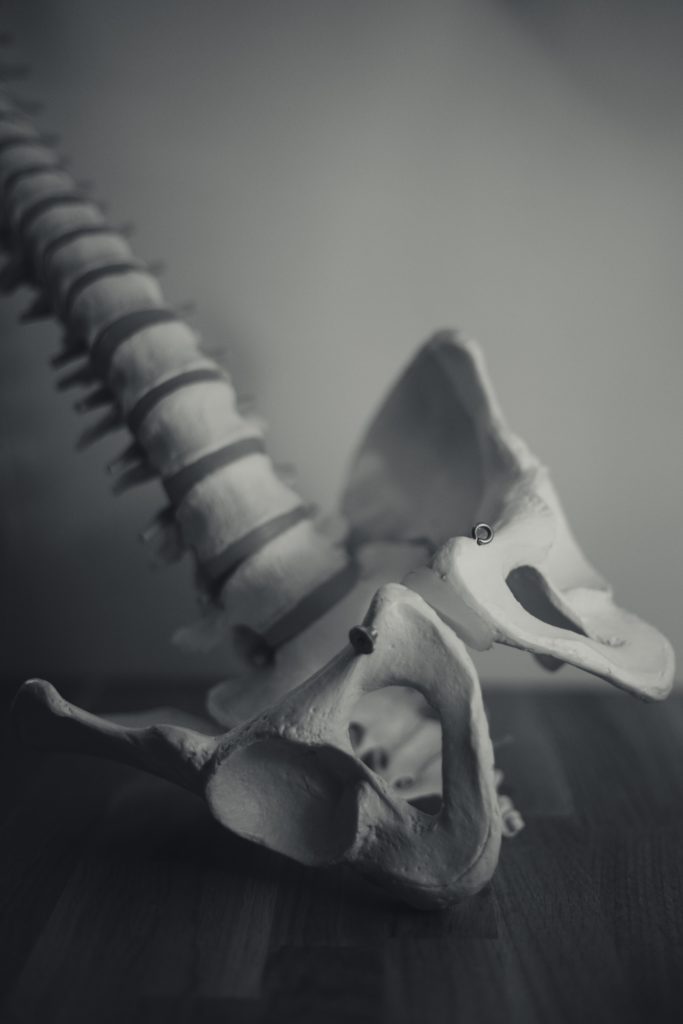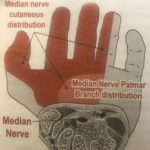
written by Laurie Melrose-Doering, Osteopath
Before highlighting what makes Osteopathy different, this article will give a brief introduction to Osteopathy.
What is osteopathy?
Osteopathy is a safe and effective approach that aims to promote the health of patients through the use of hands-on treatment, exercise, and health advice.
In osteopathy, for the body to work well, its structure has to work well – the body has to be in a state of balance. Osteopaths acknowledge that a specific condition may well be the result of other dysfunctions throughout the body. Just treating the symptomatic area is unlikely to resolve long-term problems and can only be justified in specific trauma.
Treating the cause, not just the symptom
In order to be able to treat the root cause of symptoms, osteopaths use a patient-centred approach. We want to know why the complaint manifested itself now; what is maintaining the complaint and predisposing to it.
For example, a symptom like pain can be temporarily relieved by painkillers, but the pain will persist in returning until the cause is removed.
An experienced osteopath who taught both me and my father over 40 years ago, Stephen Pirie, used to emphasize osteopathy’s patient-centred approach by saying, “We want to find cause [osteopathy], not affect [orthopaedics]”.
Taking this extra step – removing the maintaining and predisposing factors – allows osteopaths to work at a deeper level. Not only is the problem, thus, less likely to recur, the function of the affected area will also be improved.
However, even though all osteopaths are trained to address the cause of a complaint, this is not always the case. Admittedly, it is not always easy to diagnose the root cause.
But this is where applied kinesiology – a fascinating diagnostic technique using muscle testing – shines. I find it incredibly useful in identifying the hidden causes of a problem and often wonder why more osteopaths do not use applied kinesiology.
How do Osteopaths treat?
Osteopaths rely on gentle hands-on techniques such as articulations, corrections, visceral manipulations, cranial, and neuromuscular techniques. The objective is to improve function, treat restrictions, increase joint mobility, enhance blood and nerve supply to tissues, and to activate the body’s innate self-healing mechanisms. Health and exercise advice might include guidance on posture and diet.
An osteopath’s approach is non-invasive, i.e. they do not perform surgery or prescribe medication – if either are required, the osteopath will provide onward referral.
Osteopathy for neck pain, low back pain and more
Although every osteopath has their own style, all osteopaths are taught the underlying osteopathic philosophy, and are experts in anatomy, physiology, mechanics, and palpation. Osteopathy has over the years proved that it is highly effective in the treatment of many conditions, especially those of a musculoskeletal nature, such as neck pain, low back pain, sciatica, hip, knee, ankle, foot, shoulder, elbow, and hand pain.
Osteopathy is suitable for people of all ages – from babies to the elderly. Osteopaths treat people from all backgrounds – from pregnant women, manual workers, elite or recreational sports people, to office workers, students and many more.
How popular is Osteopathy?
For many patients I see, Osteopathy is the first port of call for a myriad of, often musculoskeletal, complaints.
And according to the GOsC, the regulator of all osteopaths in the UK, more than seven million consultations are carried out by osteopaths every year.
To book an Osteopathy appointment in New Malden or in Marylebone, phone 020 8942 3148 or contact Aston Clinic London.
Aston Clinic London is a third-generation complementary health clinic based in New Malden and serves the local areas of Kingston, Wimbledon, Raynes Park, Surbiton, Chessington, Worcester Park, Sutton and other areas of southwest London and Surrey.
Aston Clinic London also offers Osteopathy and Herbal Medicine in Marylebone, Central London.

